
ニュージーランドの “400万のスタジアム” ホストする準備ができています 2011 9月にラグビーワールドカップ 9. そのワールドカップで優勝するために入札, このユニークな多文化国家 (世界で最も高度にランクラグビーチームと) promised to provide optimum world class rugby facilities where players would be inspired to perform at their very best. New Zealand also promised to create an environment where players and fans would be safe and welcomed.
So how does a country which values its sports so highly support and nurture its younger fans and players in their equally important educational paths? It should be noted that New Zealand ranks much higher than the US in the global standardized PISA test (7th in both Science and Reading and 13th in Math). What is New Zealand’s vision for its teachers, its students, its curriculum, and for learning?
I recently got the opportunity to discuss these important questions with Dr. ローズマリーHipkins, the distinguished Chief Researcher of New Zealand’s Council for Educational Research.
教育システムはどのような世界的に競争するために必要とされる人々のスキルを持っている国を可能にする?
A system with a high trust/low stakes model of accountability. If you have a high stakes/low trust model of accountability, then you’re in trouble before you begin because teachers won’t feel safe enough to be innovative. If you don’t believe that your teachers are professionals and can try things out in different ways, then you are never going to change anything. So I put a system with a high trust and low stakes model of accountability at the top of the list.
A system where curriculum and assessment policy are conveyed via flexible frameworks that leave space for local interpretation based on student learning needs. If you have the right model, it will leave space for teachers to interpret and use it based on their learners. The New Zealand Curriculum is a framework that applies some very high level principles that all schools are supposed to use. It specifies why each principle is important but it leaves it to schools to assemble the pieces as they believe they will work for their students. So there are a lot of different models. Each model should be implemented in conjunction with the whole school community so that everybody (parents/teachers/students) understands what the school is trying to achieve. Our secondary school system also has a flexible framework that I think is very unusual around the world. I don’t think many people have been brave enough to do what we’ve done in New Zealand.
For an educational system to achieve, it has to involve the whole community. Parents need to understand why schooling is different from the time they were schooled.
そしてまた, we need to believe that teachers are professionals and create the conditions that make it possible for teachers to work like professionals. 例えば, something we’ve been experimenting with in New Zealand is building professional learning networks for teachers, both inside schools and across schools. While this is not yet national (roughly about a third of our teachers in secondary schools are in the program), it’s going very well. Another learning initiative we’ve undertaken in New Zealand is the Te Kotahitanga, which is a Maori phrase. The goal of this is to get teachers to listen to the voices of the Maori children to sense their learning needs better so as to understand what they need to do differently to accommodate their learning needs.
Another initiative that our government has resourced is a numeracy project that aims to strengthen the abilities of primary school teachers, particularly in schools in our low socioeconomic communities, which we’ve targeted first. The goal is to teach numeracy in a way that lays a strong foundation for all students. It’s a problem solving approach, a measured approach of making students very aware of the strategies that they are using.
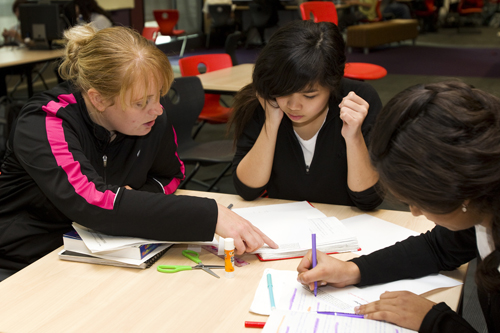
標準化されたテストのビューとは何ですか?
I think that if you can give teachers a powerful diagnostic tool to help them get positive insights into what a student’s learning challenges might be, then actually you are handing them a very powerful enquiry tool. It depends on how the assessment tools are used. If you can use those tests in a high trust/low stakes model, then they might be valuable.
一般化が可能な場合, どの要素が現在のシステムの優位性に欠けています?
There is a small group of people who talk about school learning being based on epistemology and forget the fact that school is also about shaping who children are and who they can become. Learning must focus on who students can be and become, not just on what they know and can do.
What is the state of emotional well being among New Zealand students?
一般的に言えば, kids have been able to follow the study pathways they’ve wanted to in New Zealand. Maybe that’s the luxury of having a small country where you don’t have population pressures and ferocious competition. 明らかに, if you want to get into a competitive entry course such as a medical school, then you’ve got to work really hard to do that, but there have always been other learning pathways for our students here. Perhaps we’re a bit more laid back as a society – some people would say too much.
より大きな視点から, 教育の卓越性のあなたの国の定義には、アカウントに個人の社会の生活の質を取るん, その芸術と文化の成果を含む?
The words that describe our overall vision for our students within our curriculum are confident, 接続, actively involved lifelong learners. Students are encouraged to value excellence, 革新, 好奇心, 多様性, コミュニティー, ecological sustainability, and integrity. Excellence is defined in a learning to learn framework, aiming high and persevering in the face of difficulties. One of the eight learning areas in our curriculum frames is a vibrant arts curriculum. One of the things that are unique about New Zealand is our Maori culture, and our location as a Pacific nation with people here from many different Pacific island communities. We feel that makes us unique and different to other parts of the world. Certainly in our schools, we see the need to be aware of this strong cultural diversity. We also believe the arts are powerful forms of expression that recognize value and contribute to the unique bi-cultural and multi-cultural character of New Zealand, enriching the lives of all New Zealanders.
World Wisdom from New Zealand
If you have a high stakes/low trust model of accountability, then your educational system is in trouble from the onset. Empower teachers to implement curriculum and assessment guidelines according to the needs of their students. The Arts are powerful forms of expression that contribute significant value. For an education system to succeed, it needs to involve the whole school community — 両親, 教師, と学生.
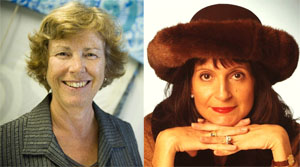

教育のためのグローバル検索で, サー·マイケル·バーバー含め私に参加し、世界的に有名なオピニオンリーダー (英国), DR. マイケル·ブロック (米国の), DR. レオンBotstein (米国の), 教授クレイ·クリステンセン (米国の), DR. リンダダーリング·ハモンド (米国の), DR. マダブチャバン (インド), 教授マイケルFullan (カナダ), 教授ハワード·ガードナー (米国の), 教授アンディ·ハーグリーブス (米国の), 教授イヴォンヌヘルマン (オランダ), 教授クリスティンHelstad (ノルウェー), ジャンヘンドリクソン (米国の), 教授ローズHipkins (ニュージーランド), 教授コーネリアHoogland (カナダ), 閣下ジェフ·ジョンソン (カナダ), 夫人. シャンタルカウフマン (ベルギー), DR. エイヤKauppinen (フィンランド), 国務長官タピオKosunen (フィンランド), 教授ドミニクラフォンテーヌ (ベルギー), 教授ヒューローダー (英国), 教授ベン·レビン (カナダ), 主ケンマクドナルド (英国), 教授バリー·98名 (オーストラリア), シヴナダール (インド), 教授R. Natarajan (インド), DR. PAK NG (シンガポール), DR. デニス教皇 (米国), Sridhar Rajagopalan (インド), DR. ダイアンRavitch (米国の), リチャード·ウィルソン·ライリー (米国の), サー·ケン·ロビンソン (英国), 教授パシSahlberg (フィンランド), 教授佐藤学 (日本), アンドレアス·シュライヒャー (PISA, OECD), DR. アンソニー·セルドン (英国), DR. デビッド·シェーファー (米国の), DR. キルスティン没入Areの (ノルウェー), 首相スティーブン·スパーン (米国の), イヴTheze (リセ·フランセ·米国), 教授チャールズUngerleider (カナダ), 教授トニーワーグナー (米国の), デイヴィッド·ワトソン (英国), 教授ディランウィリアム (英国), DR. マークWormald (英国), 教授テオWubbels (オランダ), 教授マイケル·ヤング (英国), 教授Minxuan張 (中国) 彼らは、すべての国が今日直面している大きな絵教育問題を探るように. 教育コミュニティページのためのグローバル検索
C言語. M. ルービンは彼女が受け取った2つの広く読まれているオンラインシリーズの著者である 2011 アプトン·シンクレア賞, 「教育のためのグローバル検索」と「どのように私たちは読みます?"彼女はまた、3つのベストセラーの本の著者である, 含めて 不思議の国のアリスリアル.
Cに従ってください. M. Twitterでルビン: www.twitter.com/@cmrubinworld

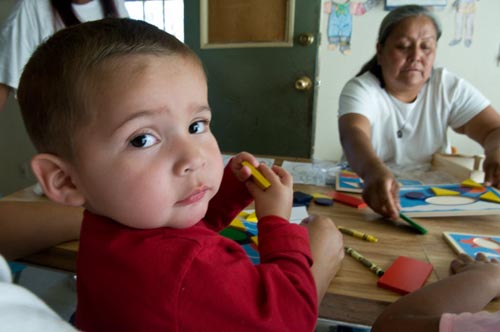
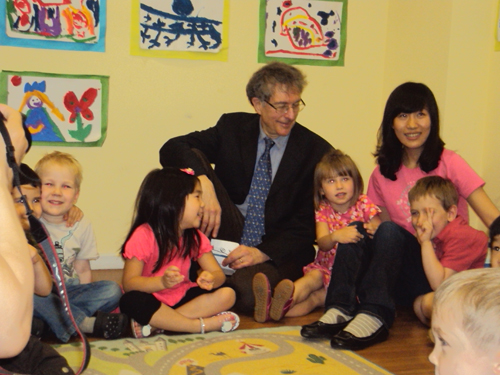
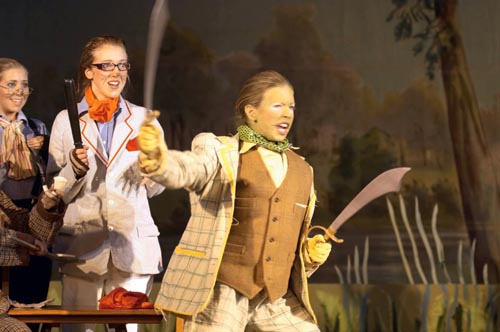
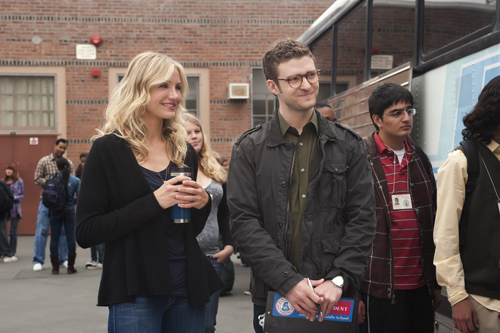
最近のコメント